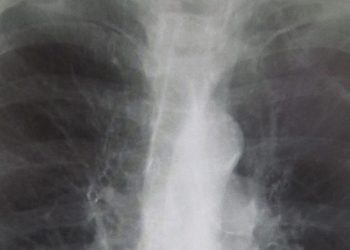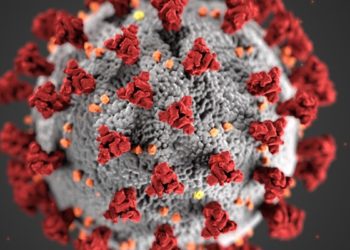Corticosteroids and physical therapy equally effective for shoulder impingement syndrome
1. Corticosteroid injection and manual physical therapy produced similar improvements in pain and quality of life scores for patients with shoulder impingement syndrome (SIS).
2. At one year following therapy, patients who received corticosteroid injections used more healthcare resources than patients who underwent manual physical therapy.
Evidence Rating Level: 1 (Excellent)
Study Rundown: SIS includes several common conditions that cause shoulder pain, including rotator cuff syndrome and inflammation of tendons in the shoulder. Corticosteroid injections (CSIs) and manual physical therapy (MPT) are frequently used, non-surgical therapies for SIS, but their comparative effectiveness at reducing symptoms is not clear. In this study, patients referred for physical therapy for SIS were randomized to receive either a single CSI (with the possibility of further injections as necessary) or bi-weekly MPT for three weeks. Researchers assessed patients’ pain symptoms and quality of life using validated questionnaires for one year following therapy. Patients who received either CSI or MPT experienced improvement in pain and quality of life, and this improvement was sustained following therapy. Both treatments were equally effective in terms of symptom improvement. However, patients who received CSI used more health-care resources than patients who received MPT over the course of the year. Because the study only enrolled patients who had been referred for physical therapy, it may not be reflective of all patients who present to their primary care providers with symptoms of SIS. Moreover, neither the patients nor the study’s care providers were blinded to which intervention—CSI or MPT—the patients were randomized to, and several patients received both MPT and CSI after randomization. Nevertheless, this study suggests that CSI and MPT may achieve comparable symptom improvement, and the authors suggest that further research could assess how to effectively integrate these two non-surgical treatment options.
Click to read the study in Annals of Internal Medicine
In-Depth [randomized controlled trial]: This trial included 52 patients randomized to CSI and 46 patients randomized to MPT. Patients randomized to CSI received a subacromial injection of triamcinolone acetonide and patients in the MPT arm received 6 sessions of therapy directed at the shoulder girdle or thoracic or cervical spine. Cross-over therapy was permitted; 30% of MPT patients had at least one CSI and 19% of CSI patients received physical therapy. The primary endpoint was change in the Shoulder Pain and Disability Index. Researchers also assessed quality of life and pain intensity and accessed patients’ electronic health records to measure health care utilization. A research assistant who was blinded to patients’ randomization carried out outcome assessments at 0, 1, 3, 6, and 12 months. There was no significant difference in pain or quality of life scores between CSI and MPT groups at any time-point, but during follow-up, MPT patients were significantly less likely to see their primary care provider for shoulder-related issues (risk ratio, 0.64; 95% CI: 0.43 to 0.95) and were less likely to receive additional CSI (risk ratio, 0.76; 95% CI: 0.59 to 0.99) than patients randomized to CSI.
Image: PD
©2012-2014 2minutemedicine.com. All rights reserved. No works may be reproduced without expressed written consent from 2minutemedicine.com. Disclaimer: We present factual information directly from peer reviewed medical journals. No post should be construed as medical advice and is not intended as such by the authors, editors, staff or by 2minutemedicine.com. PLEASE SEE A HEALTHCARE PROVIDER IN YOUR AREA IF YOU SEEK MEDICAL ADVICE OF ANY SORT.







